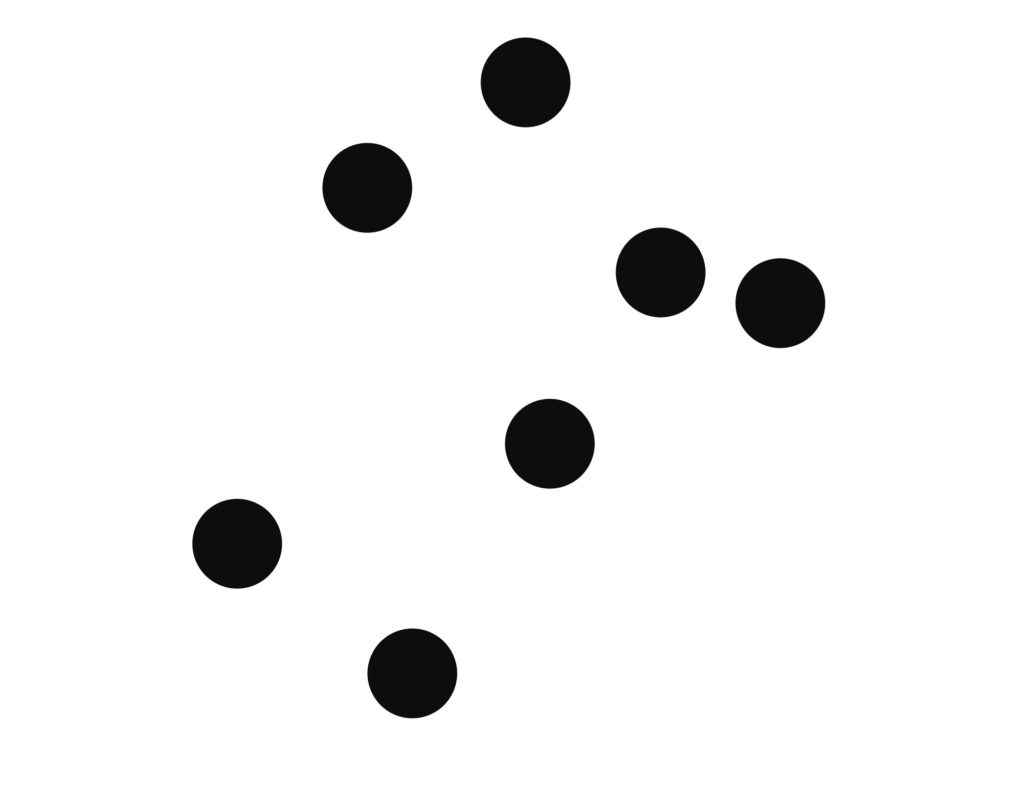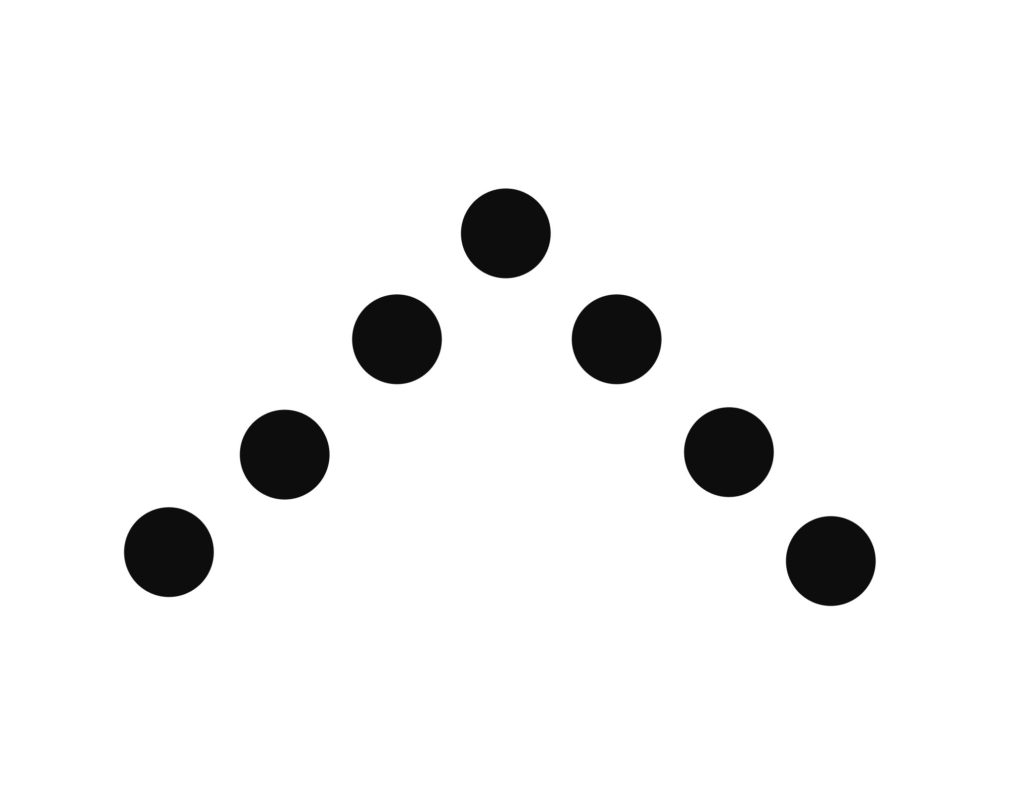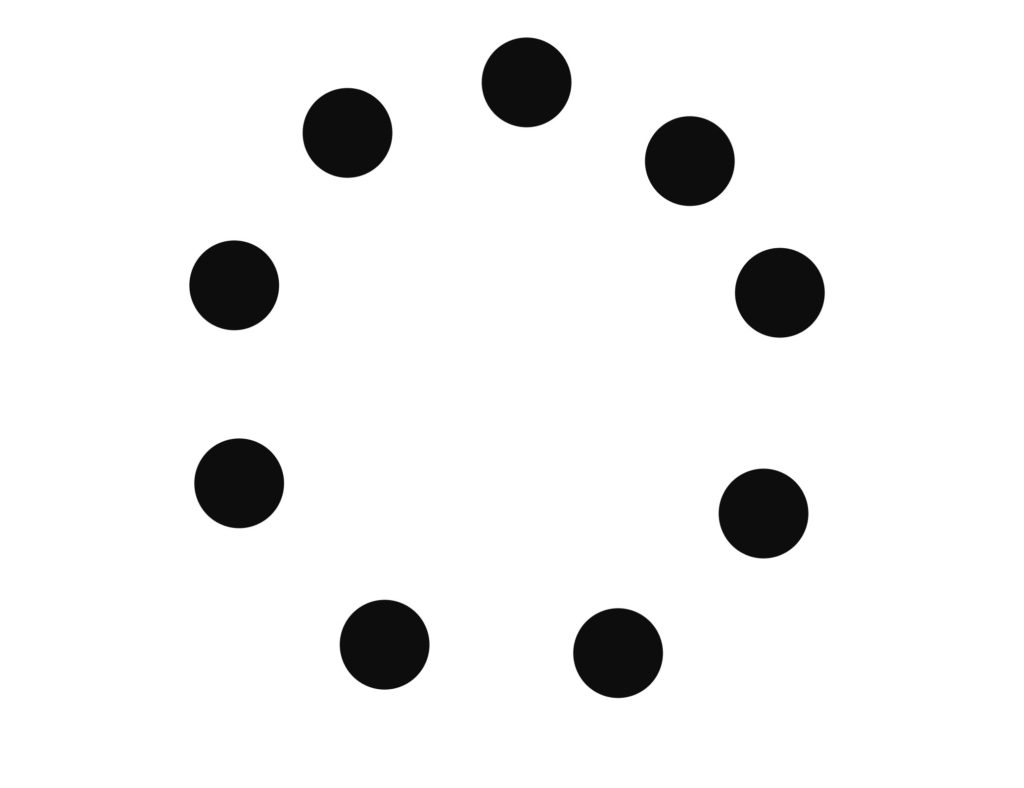SPP (Upd: July 29, ’25)
Inspired by the Italian butoh artist Alessia Mallardo, the original idea behind the Spontaneous Performance Procession (SPP) was for a group to jog into the hills with the purpose of provoking site-specific butoh performances—at any moment, anyone could stop and perform for one minute, while others paused to witness, before continuing the jog.
Since then, SPP has been engaged in various settings, both rural and urban, across a few countries. In addition to Mallardo’s influence, its roots also trace back to the Situationist dérive (or drifting), Deleuze and Guattari’s concept of the rhizome, and butoh artist Rhizome Lee’s implementation of rhizomic performance.
In its current form, a group of potential performers are led by one leader who spontaneously walks, jogs, or dances along any path toward various nature locations and/or architecture. At any moment, if one of the participants feels a strong resonance to perform at any given space, they immediately begin a break-out performance. The performances can be solo, duet or cobody (group).
During a performance, whoever wishes to perform should give a signal (such as a clap), in which case, other participants will pause and gather as audience members. This signaling isn’t necessary if the procession’s structure makes it clear, for example, when everyone is connected by a rope and the act of separating from their carabiners provides a physical cue. Optional: A signal for the ending of a break-out performance (ending clap).
The performance can take anywhere from 1 to 3 minutes. When the performance ends, another participant will take the leader role for the procession. This should be a smooth transition. Gaps of uncertainty within the group are to be avoided. There is no talking during the procession, but abstracted performative voice or talking during a performance is acceptable.
The leader can either walk or jog in a passive way or add a performative element to it, in which case, those following behind have the choice of: (1) following in neutral or passive walk or (2) performatively mirroring or resonating with the world of the leader or whoever is before them.
Resonance & 33/33/33
The 33/33/33 is a rule expanding on the 50/50 rule—which refers to maintaining equal resonance between one’s internal experience and the external surroundings. This approach distributes awareness and resonance equally among three elements: (1) the self; (2) the group, and (3) the broader external environment.
Procession Performativity & Pacing
The procession itself can involve dancing, jogging, playing, abstract or expressive movements, or neutral walking, but the neutral walk holds a special place. A neutral walk isn’t underestimated but can serve as a kind of silence and pacing, offering a necessary contrast to the break-out performances.
Procession Configurations
The procession itself may carry various formations such as (shown below) a solid line, a purposely scattered line (rock garden configuration), a pyramid, horizontal line, or a circle. There can of course be other configurations. Because the leader cannot see what is behind them, the group behind the leader are the ones responsible for any procession changes.





There can also be varying intervals within the procession that can be applied to various formations. Example intervals applied to the straight line formation (large spaces, small or no spaces, and crescendo/decrescendo spaces.

The Leader
During the procession, the leader is a vital point of resonance, so awareness should be kept on following the leader (flocking). At times when one is unable to see the leader, one must follow the procession as a whole in front of you.
Leader Pacing
The leader is responsible for keeping a steady pace and so should not pause, yet if one must, then let the pause not run for more than 15 seconds. Otherwise, a break in the procession simply means a break-out performance, and so does not automatically involve every member.
Forfeiting Leadership
If the leader no longer feels aligned with the role, a quick transition can be made by tagging in the person directly behind them via a high five. This allows for a smooth handoff of leadership.
Alternatively, if anyone in the group senses the need for a shift in direction, a new leader can step in by moving to the front—similar to the improvisational dance exercise known as flocking.
Procession Links
While the procession formations demonstrate a sense of group cohesion, they remain quite simple. Explore ways to enhance this unity by incorporating the following connection techniques: (1) linking through props such as ropes, nets, long sheets, or sticks and (2) establishing physical contact, such as holding hands or connecting shoulder to shoulder.
Costume
Costumes can bring cohesion as they can help in shift the event from a laboratory feel to that of an actual performance. Costumes do not have to be complex but can be thematic to the terrain. Even a prop that everyone agrees to take with them can visually tie the group together.
Costumes, however, are not essential, as performance in the everyday world is itself a point of research—in invisible theatre—theatre blurring the boundary between theatre and real life.
Easy group costume ideas: (1) mono color (e.g. all white or all black); (2) tacky (bright colors, mismatched colors); (3) impoverished.
Common Motifs
There are various motifs that have attracted participants to break out and perform.
These motifs generally center around four viewing spaces (or combination thereof) which have theatrical associations: (1) backdrop (wall); (2) elevated space (platform), (3) depression (amphitheatre, cave); (4) passageway (gate or tunnel).
Common backdrops have included walls, nature scenes, or the horizon. Common elevated spaces have included hills, piles, boulders, stairs, or slanted walls. Common depressions have included various pits found in nature. Common passageways have included dirt roads or canopies of nature.
Very common urban and/or nature scenes of attraction have included: trees, rocks, found props, walls, water, paths (roadway, walkway), fence, string/wire.
Sub-specifics
Though SPP is a site-specific event, within the site can appear other moments that can inspire a spontaneous performance.
- sound-specific: Any kind of sound can inspire a performance whether it is coming from nature or machine.
- light-specific: Light and/or shadows of a site can inspire a performance.
- costume-specific: There may come an occasion where a spontaneous costume can be generated such as with mud, clay, branches or even a bee protection suit in which case a spontaneous performance can be based on the character.**
- color-specific: There might be a site that has a specific color to it that provokes a spontaneous performance.
- public-specific: There might be one or more people in the surrounding area that inspires performance or even direct participation
- animal-specific: There might be animals, big or small, that provoke a performance.
- kinetic-object-specific: There might be animated objects which provoke mimicry or filling of a role such as a falling leaf, e.g. falling to the ground like the leaf or chasing the leaf.
- scent-specific: There might be an aroma that provokes a performance.
Unspoken License
The use of camera(s) during the SPP not only frames the event as intentional art but also grants performers an unspoken license to embody their roles more fully. The act of documentation signals to passersby that this is a performance, creating a sense of safety and context for both audience and performer. Likewise, costumes can reinforce this boundary.
Camera Persons
Any participant carrying a camera—if assuming a dual role of both documenting and occasionally engaging in the procession—should remain at the rear of the group. This positioning allows them to step out as needed to capture significant moments with minimal disruption to the flow and cohesion of the procession.
Observations
SPP can be a powerful tool for Butoh performance due to four key qualities: (1) resonant state; (2) group awareness; (3) breaking from past concepts of performance space; and (4) balancing fast-viewing culture with sustained engagement.
Resonant State
In SPP, individuals only perform when they are strongly moved by an external stimulus—when resonance occurs. This generates a sense of ease, a natural flow in which performance is not forced but emergent. When we resonate deeply with something, we are not trying; we are being done to. In a way, the space is performing us. A strong resonance—or even a resonant dissonance—can draw out performativity in anyone, including those with no prior training or artistic intent.
This heightened attunement pulls us out of the head and into the body, cultivating a state of presence. Rather than relying on preparation or choreography, SPP invites trust in the moment. Participants enter a focused, open, and searching mode—as if antennas were extending from their bodies, tuned to pick up the most resonant sites and sensations. A deep curiosity awakens. We begin to engage with the world as if seeing it for the first time, like children in a state of wonder.
Group Awareness
SPP depends on collective awareness. It is not a series of isolated solos but a living, breathing organism that needs everyone’s presence to stay in motion. For example, when a performance concludes, someone else must recognize the opening and step forward. A new leader must emerge, seamlessly, to carry the procession onward. This requires attunement not only to the self but to the group, reinforcing a sense of shared responsibility and cohesion.
Breaking From Past Concepts of Performance Space
Ordinary places become stages. The architecture of the everyday begins to speak. Spaces we may never have considered for performance reveal their potential—and sometimes invite us to return. The unpredictability of what will happen and where it will happen adds to the allure. SPP breaks the confines of conventional stagecraft, offering a more alive, exploratory relationship with space.
Balancing Fast-Viewing Culture with Sustained Engagement
Finally, the SPP format bridges a cultural divide between the instant and the enduring. While the processions themselves may last two or more hours, they unfold through a series of spontaneous micro-performances, often lasting only one to three minutes. These brief bursts resemble the quick, high-impact experiences found on social media platforms, providing moments of instant gratification. Yet the overarching structure asks for patience, endurance, and investment. In this way, SPP fuses the dopamine-paced tempo of today’s fast-viewing culture with the depth and slowness of ritual or durational performance.
Future Development
- Music, live or pre-recorded
- Night version (with torches)
- Integrated QR codes (on sticker, bracelet, or pin) that may link directly to a page about the SPP)
- Wheels*
- With children players or mix of children and adults
- Double or more simultaneous processions (needs 10 players or more).
Field Notes
Tbilisi SPP #9 (Babushkas)
Tbilisi SPP #11 (White)
Tbilisi SPP #12 (Night)
* Coco Villarreal as part of Stoa butoh program in 2022 in Sirince, Turkey engaged in a performance simply because he found a bee keaper’s hood.
** Russian butoh artist Aleksei Ko brought up the idea of a procession in a concrete environment to involve varying manual vehicles such as skateboard, roller skates, scooter, suitcase, wheelies, cart, wheel barrow.